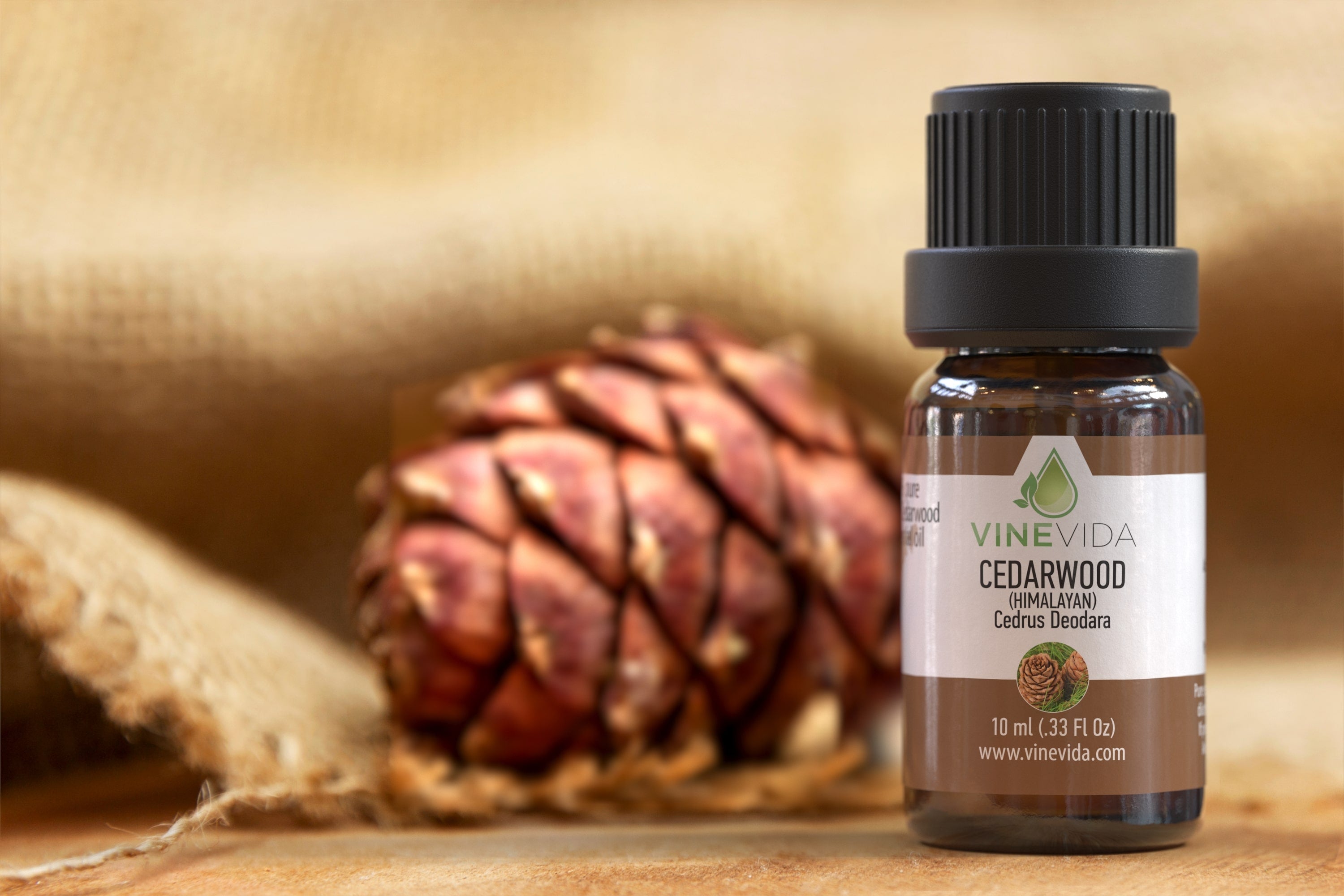Late last year, I received an email from Vinevida’s Managing Director, Jake Myara. What did I know about repellents? Eager to show off my abundant knowledge of mosquito nervous systems, (Oh yes, tragically, I really am that sad) I told him how there was loads of data to draw from. Almost half the patents offered for commercial insect repellents in the last decade have been for products containing essential oils.
“Wow, that’s great”, he said, clearly impressed by my quadrilateral disposition, “And what about squirrels and iguanas?”
Iguanas?!
I’m a remote worker living on the border of Wales. I’ve never even seen an iguana; let alone tried to repel one. Nevertheless, I’ve been asked to do stranger things in my time (involves parrots falling off perches…Don’t ask…) so I did what I always do, and hit the text books.
A whole world opened up that I’d had no idea existed!
And at its heart was cedarwood, with its traditional and now extremely well sought after skills as a repellent.
My main area of research is historical and archaeological links with the ancient world of fragrance. So to me, cedarwood has always been the splinter left behind on the door jambs of ancient temples. That they still remain there today, is testament to cedar’s tremendous ability to stand the rigors of four thousand years of weather. What I hadn’t realized though, was it also withstood several hundred generations of destructive insects.
Allelopathy is a common biological phenomenon where an organism manufactures chemicals to influence development, reproduction, and survival of another. Allelochemicals target other organisms in beneficial or destructive ways, for pollination, for example, or to prevent germination of other species. Humans exploit the incredible effects of these hormones and secondary metabolites by distilling them to make essential oils.
For the most part, termites, one of the Earth’s most destructive species, stayed away from temple doors. Even long after the bricks had fallen, the soil’s clean -up crew refrained from recycling the wood into compost, because of repellent allelochemicals the wood secreted.
Now, to be clear, termites won’t always be deterred from cedar. That might be down to the part of the wood chosen by the carpenter. Allelochemicals are usually made at the very heartwood of the tree, and so planks taken from further out may have weaker concentrations.
Almost in testament to the decision to class Juniperus virginiana as a cedar, it was proven in 1976, that termite larvae cannot survive in Cedarwood virginian sawdust either. Similarly, it is toxic for the larval stages of ticks. (Panella, 1997)
Cedarwoods are repellent to several types of mosquitoes, in particular Anopheles stephensi, one of the primary vectors of malaria. (Curtis,1987)
Cedrene and cedrol, primary isolates from cedar species, interrupt the reproductive cycles of the Peanut Trash Bug (Elasmolomus sodidus), the Forage Mite (Tyrophagus putrescentiae) and the Indian Meal Moth (Plodia interpunctella) (Sabine, 1975).
It has an extraordinary effect on Schistosoma mansoni, a water-borne blood fluke found in the Middle East, the Caribbean, Brazil, Venezuela and Suriname.
Never heard of it?
You better hope you never will either, because this little monster burrows in through human skin, travels along the blood highways and takes up residency in your small intestine. Which might have been ok, if it wasn’t such a problematic houseguest, but it will eventually block tissues, clog your liver and its resulting disease, schistosomiasis, often lives alongside hepatitis.
In 2021, the World Health Organization reckoned that 236.6 million people were living with the parasite.
Listen to this!
Honestly.
You couldn’t make it up.
Cercariae are free-swimming parasite larvae, happily living in rivers and waterways patiently waiting for new human hosts. When it finds one, it bores through the skin, and well, you know the rest of that disgusting tale.
Or, maybe you don’t, because the success of our heroic swimmer relies on finding lipids (fats) that have similar viscosity and pressure to ensure as seamless a house move as possible. In 1992, it was proven that cedrol disrupts lipid pressures, making the human environment toxic to the parasite. (Naples, 1992).
Try telling your mother that cedarwood repels insects, and she’ll likely roll her eyes and say “Obviously”. Her own mother probably used clothes hangers, little wooden drawer balls and even cedarwood chests in the hope of guarding against insects.
The case-making moth and webbing moth are often unfairly blamed for holes in sweaters, which are more likely caused by carpet beetles, probably way more destructive than moths.
Three beetle species are known to feed on tapestries and fabrics. The adults themselves are not problematic, but they lay eggs that develop into ravenously hungry larvae. Cedrol will continue to kill newly hatched or young larvae as long as a cedar chest or closet is kept closed tightly enough to confine the volatiles.
Guess what the walls of rooms where Turkish carpet merchants display their wares are made of. What’s more, they have been, since way before the conventions of microscopes betrayed the cedarwood secret.
It has a non-hypnotic effect on mice. These destructive rodents are less likely to make nests in cedarwood because they struggle to fall asleep when near it. (Opdyke 1974)
If you put cedarwood shavings into a lizard’s cage, it will move to the other side, refusing to go near it. Some cedars are both harmful to their skins as well as confusing their nervous systems. Interacting with the GABA receptors, they can cause seizures in non-mammalian species.
So, what about the iguana then? How does he feel about cedarwood?
Well, it turned out I never did get the chance to ask him.
In the end, I got way too distracted by his distaste for lemongrass and oregano.
Nature, man!
It’s so freakin cool. You couldn’t dream it.
Why not hop over and have a look at some of the natural critter repellents that eventually came from this research.












